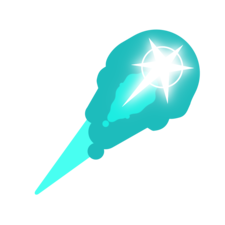Install Steam
login
|
language
简体中文 (Simplified Chinese)
繁體中文 (Traditional Chinese)
日本語 (Japanese)
한국어 (Korean)
ไทย (Thai)
Български (Bulgarian)
Čeština (Czech)
Dansk (Danish)
Deutsch (German)
Español - España (Spanish - Spain)
Español - Latinoamérica (Spanish - Latin America)
Ελληνικά (Greek)
Français (French)
Italiano (Italian)
Bahasa Indonesia (Indonesian)
Magyar (Hungarian)
Nederlands (Dutch)
Norsk (Norwegian)
Polski (Polish)
Português (Portuguese - Portugal)
Português - Brasil (Portuguese - Brazil)
Română (Romanian)
Русский (Russian)
Suomi (Finnish)
Svenska (Swedish)
Türkçe (Turkish)
Tiếng Việt (Vietnamese)
Українська (Ukrainian)
Report a translation problem



































































(I'm expecting around 1 or 2 weeks?)
Once I fire a torpedo to my target, I'd be sure not to cry, even though my crew will be happy and high.
Officers working the Nav and Engines and Battery .Started out just be for May 08 1945 FUEL 64% at the end . you need to watch the fuel you dont want to get half way and your out of fuel or food
I once got into Heligoland on battery fumes, having exhausted my Diesel some way out with no hope of making it home - worth bearing in mind that you have to go to Officer FFP with your captain and physically walk him off the boat to go and find the resupply officer in his warehouse.
My first campaign has been on possibly slightly too sandbox-y realism levels, but there seems to be a bug that hitting the 'Complete Mission' button - assuming you've completed! - will get you home regardless of what's left in the tank. Having strived at length to avoid that shortcut, by limping valiantly home all the time, one day I just thought 'I wonder if...' and - hey presto! - home and dry.
Perhaps not totally kosher, but might help a newbie out in a tight spot!